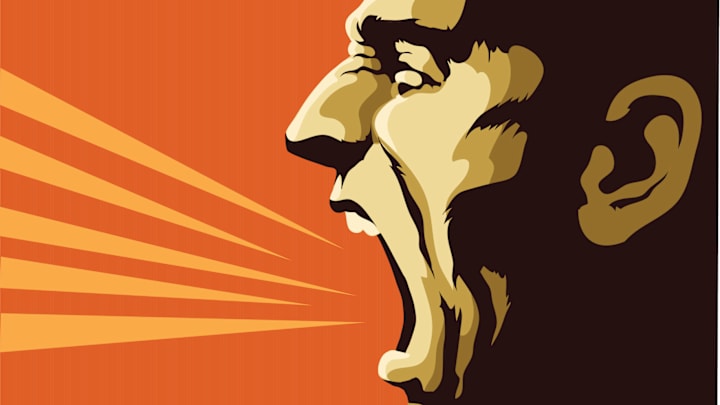What do Star Wars, The Lord of the Rings, Pirates of the Caribbean, Harold and Kumar Go to White Castle, Toy Story, Titanic, Anchorman, Spider-Man: Into the Spider-Verse, Once Upon a Time in Hollywood, and more than 350 other films and TV shows have in common? Not much besides the one and only Wilhelm Scream.
The Wilhelm Scream is the holy grail of movie geek sound effects—a throwaway sound bite with inauspicious beginnings that was turned into something like a gift for movie lovers once it was revived in the 1970s.
So what is it? Chances are you’ve heard it before but never really noticed it. The Wilhelm Scream is a stock sound effect that has been used in both the biggest blockbusters and the lowest low-budget movies and television shows for more than 70 years, and is usually heard when someone onscreen is shot or falls from a great height.
The distinctive yelp, which was first used in the 1951 Gary Cooper western Distant Drums, began in a scene in which a group of soldiers wade through a swamp, and one of them lets out a piercing scream as an alligator drags him underwater.
As is the case with many movie sound effects, the scream was not recorded during production, but later—in a sound booth—with the simple direction to make it sound like “a man getting bit by an alligator, and he screams.” Six screams were performed in one take, and the fifth scream on the recording became the iconic Wilhelm (the others were used for additional screams in other parts of the movie).
Following its debut in 1951, the effect became a regular part of the Warner Bros. sound library and was continually used by the studio’s filmmakers in their movies. Eventually, in the early 1970s, a group of budding sound designers at USC’s film school—including future Academy Award-winning sound designer Ben Burtt—recognized that the unique scream kept popping up in numerous films they were watching. They nicknamed it the “Wilhelm Scream” after a character in the first movie they all recognized it from, a 1963 western called The Charge at Feather River, in which a character named Private Wilhelm lets out the pained scream after being shot in the leg by an arrow.
As a joke, the students began slipping the effect into the student films they were working on at the time. After he graduated, Burtt was tapped by fellow USC alum George Lucas to do the sound design on a little film he was making called Star Wars. As a nod to his friends, Burtt put the original sound effect from the Warner Bros. library into the movie, most noticeably when a Stormtrooper is shot by Luke Skywalker and falls into a chasm on the Death Star. Burtt would go on to use the Wilhelm Scream in various scenes in every Star Wars and Indiana Jones movie, causing fans and filmmakers to take notice.
Directors like Peter Jackson and Quentin Tarantino, as well as countless other sound designers, sought out the sound and put it in their movies as a humorous nod to Burtt. They wanted to be in on the joke too, and the Wilhelm Scream began showing up everywhere, making it an unofficial badge of honor. It's become bigger than just a sound effect, and the name “Wilhelm Scream” has been used for everything from a band name, to a beer, to a song title, and more.
But whose voice does the scream itself belong to? Burtt himself did copious amounts of research, as the identity of the screamer was unknown for decades. He eventually found a Warner Bros. call sheet from Distant Drums that listed actors who were scheduled to record additional dialogue after the film was completed. One of the names, and the most likely candidate as the Wilhelm screamer, was an actor and musician named Sheb Wooley, who appeared in classics like High Noon, Giant, and the TV show Rawhide. You may also know him as the musician who sang the popular 1958 novelty song “Purple People Eater.”
In early 2023, it was reported that the original recording of the dialogue session that produced the iconic scream had been discovered among a collection of sound effects that were donated to the USC School of Cinematic Arts by Sunset Editorial, a sound effects company that operated between 1964 to 1987 and racked up nearly 600 credits during that time. You can listen to the full recording session above.
Have you got a Big Question you'd like us to answer? If so, let us know by emailing us at bigquestions@mentalfloss.com.
A version of this story ran in 2018; it has been updated for 2023.
